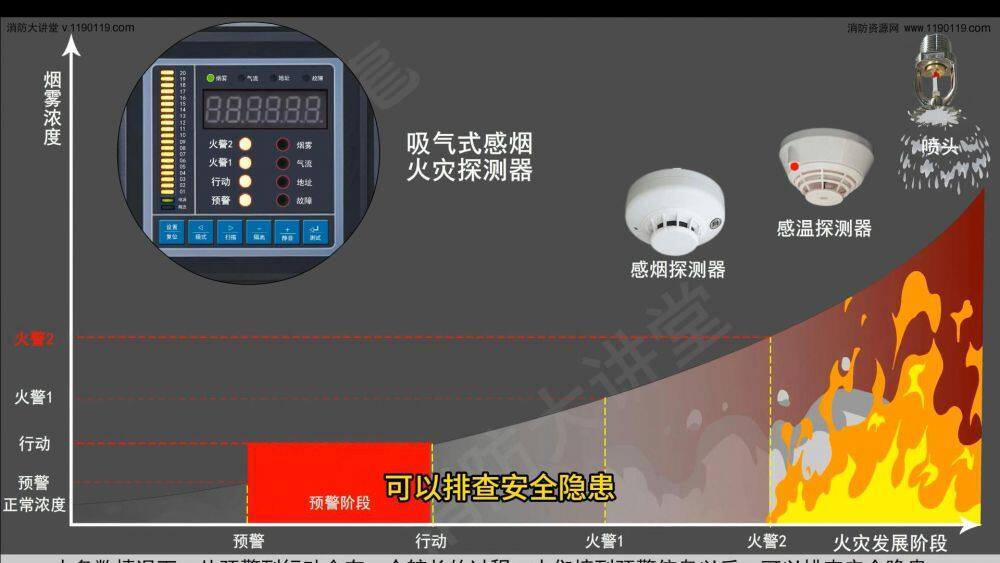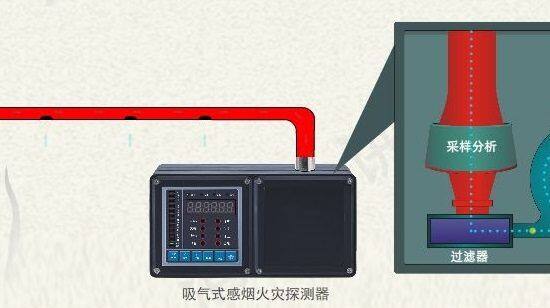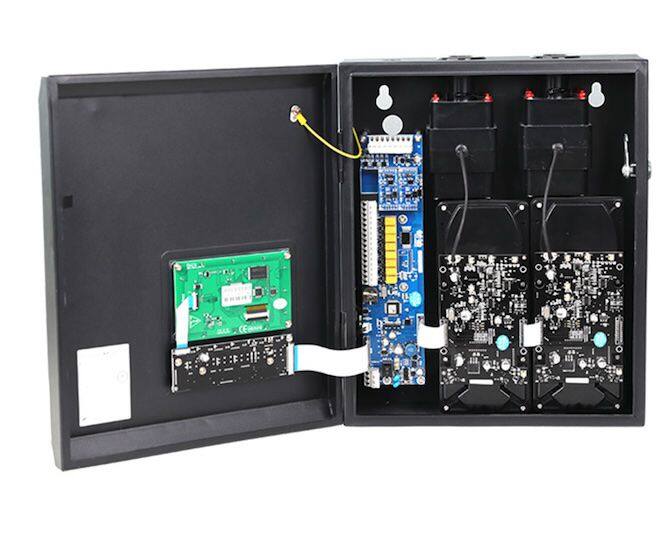Home > Blog > Aspirating Smoke Detection And Fire Alarm System Early Fire Detection Security Control
-
 Sarah Huang
Hi there! Welcome to my shop. Let me know if you have any questions.
Sarah Huang
Hi there! Welcome to my shop. Let me know if you have any questions.
Your message has exceeded the limit.

Aspirating Smoke Detection And Fire Alarm System Early Fire Detection Security Control
2025-10-15 20:05:06
In conventional smoke and fire detection systems, a smoke fire detector alarms only when a fire has already occurred and visible smoke has spread to the detector area and reached a certain concentration.
This is a passive smoke detection method. When the detector alarms, the fire has already reached a certain scale.
The aspirating smoke fire detection system actively sucks in air or smoke samples and sends them to a highly sensitive detection chamber for analysis. It can detect small changes in on-site smoke concentration and issue alarm signals during heating or smoldering stages to prevent fires from occurring in their early stages.
Below, we will provide a detailed introduction to the detection process of the suction type induction fire detector.
Fire is caused by hidden dangers. Especially in places such as computer rooms, electrical equipment rooms, and clean rooms, electrical fires are the main cause.
Generally, there are hidden dangers such as insulation aging and poor contact, which can lead to a long process of change from heat generation and smoldering to fire.
In protected areas equipped with suction type induction fire detection systems, the detector collects air through a sampling tube for analysis and monitors changes in smoke concentration in the air.
Under normal circumstances, the concentration of smoke in the air will be within a normal fluctuation range.
When electrical appliances age, overload or other fire hazards occur, heat will be generated, and the heated parts will release invisible particles, resulting in an increase in smoke concentration.
After sampling, the air can be compared and analyzed by a detector to promptly detect the increase in smoke concentration.

When the warning value is reached, issue a warning to remind relevant personnel to investigate fire hazards.
When the fire hazard further develops, heating accelerates, smoke concentration continues to rise, reaching the alarm value where measures must be taken, the detector will issue an action alarm.
At this point, measures must be taken to prevent the development of fire hazards.
If the hidden danger further develops and the temperature gradually rises, it will develop into a fire with visible smoke. The detector will emit a level one fire alarm signal. Visible smoke can also trigger conventional smoke fire detectors after spreading.
The fire continues to develop and the temperature rises, accompanied by the production of open flames. At this point, the detector will emit a second level fire alarm signal, which can trigger conventional temperature sensing fire detectors and automatic sprinkler systems through temperature radiation propagation.
In most cases, there is a long process from warning to action. After receiving warning information, people can identify potential safety hazards.

Tags: aspirating smoke detector, smoke detector, fire alarm systems

